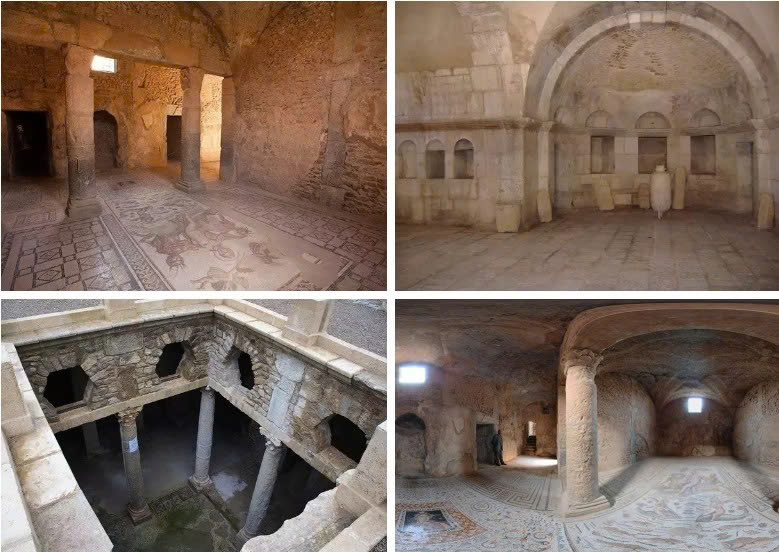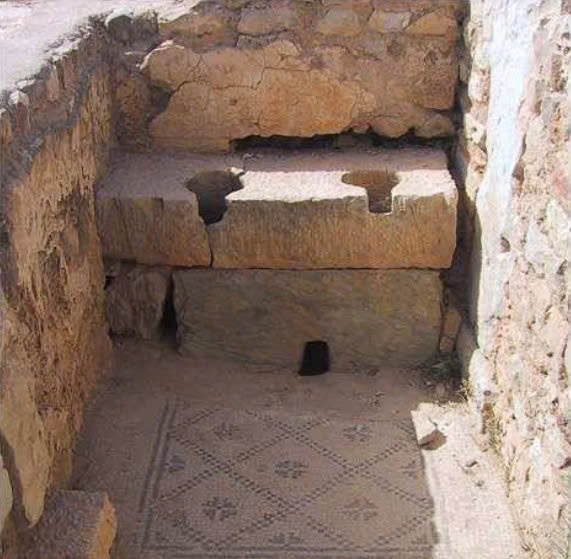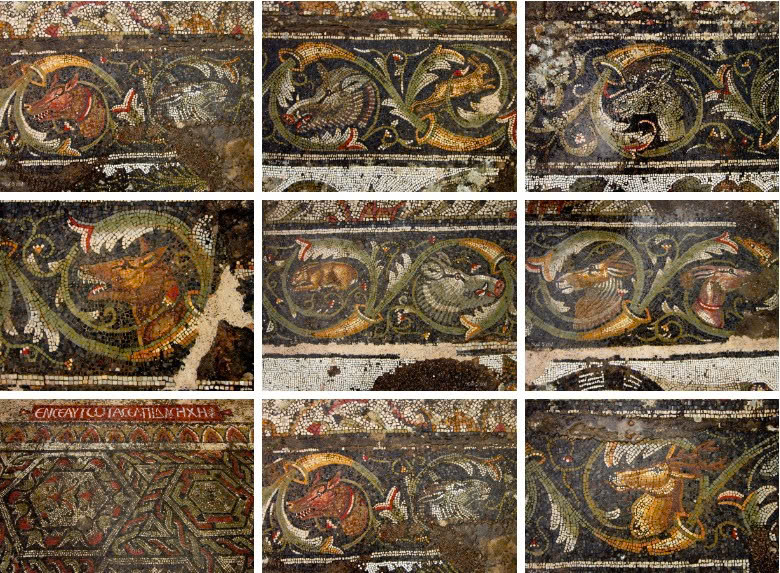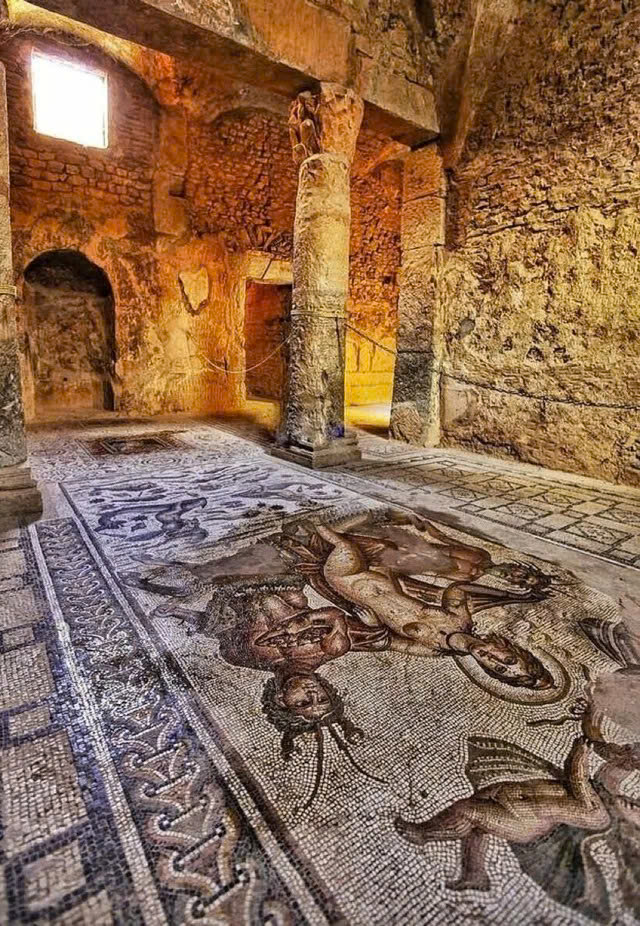Deep within Tunisia’s Jendouba governorate lies one of North Africa’s most extraordinary archaeological wonders – Bulla Regia. This remarkable ancient settlement tells a captivating story of cultural transformation, architectural innovation, and human adaptation that spans over two millennia.
A Journey Through Time: From Berber Origins to Roman Glory
Ancient Berber Foundations

The story of Bulla Regia begins long before Roman sandals walked its streets. Originally established as a Berber settlement, this ancient site reveals traces of a sophisticated civilization through extensive burial grounds discovered south of the main archaeological area. Greek pottery fragments dating to the 4th century BC hint at early Mediterranean trade connections, painting a picture of a thriving pre-Roman community.
The Carthaginian Chapter
During the 3rd century BC, Bulla Regia’s destiny intertwined with the mighty Carthaginian Empire. Archaeological evidence reveals fascinating religious practices, including the worship of Baal Hammon, Carthage’s supreme deity. The discovery of burial urns following traditional Punic customs demonstrates how deeply Carthaginian culture influenced local traditions. A temple dedicated to Tanit, the revered fertility goddess, once graced the city – its remains now carefully preserved in the site’s museum.
Roman Transformation and Recognition
The winds of change swept through Bulla Regia in 203 BC when it became part of the expanding Roman Empire following the Second Punic War. However, the city’s journey under Roman rule was not without interruption. In 156 BC, the Berber king Masinissa reclaimed his ancestral lands, making Bulla Regia his royal capital and briefly restoring indigenous rule.

The Romans returned in 46 BC, and Julius Caesar himself recognized the city’s strategic importance and diplomatic neutrality by granting it the prestigious status of a free city. Under Emperor Hadrian’s reign, Bulla Regia achieved its highest honor – designation as a Roman Colony, with its citizens receiving full Roman citizenship rights.
Architectural Innovation: The Underground Marvel
Ingenious Climate Adaptation
What truly sets Bulla Regia apart from other Roman sites is its revolutionary architectural approach to North Africa’s challenging climate. The city’s most distinctive feature lies in its two-story residential design, where the upper level existed at ground level while the lower floor was ingeniously constructed underground.

This remarkable architectural solution served as natural air conditioning, protecting inhabitants from the scorching North African sun and providing cool refuge during the hottest months. The underground chambers maintained comfortable temperatures year-round, showcasing the residents’ sophisticated understanding of environmental adaptation.
Preserved Wonders and Tragic End
The city’s decline began during the Byzantine period, and nature delivered the final blow through a devastating earthquake that brought down the upper floors onto the underground levels. Ironically, this catastrophe became archaeology’s gift, as the collapsed upper stories protected the lower levels from centuries of weathering and human interference.
Video
Archaeological Treasures: What Visitors Can Experience Today
Remarkable Structures
Modern visitors to Bulla Regia can explore several exceptionally well-preserved buildings where both floors remain intact. The House of Treasure and the House of the Fisherman stand as testaments to Roman domestic luxury, offering rare glimpses into ancient daily life with their complete two-story layouts still visible.
The site also features impressive public amenities including a substantial amphitheater and elaborate public bath complexes, demonstrating the city’s importance and prosperity during Roman times.
Artistic Legacy

Bulla Regia’s artistic heritage lives on through stunning mosaic floors that decorated ancient homes and public buildings. While many of these intricate artworks remain in their original locations for visitors to admire, significant collections have been relocated to Tunis’s renowned Bardo Museum, where they continue to inspire and educate new generations about Tunisia’s rich Roman heritage.
Planning Your Visit
Today, Bulla Regia stands as one of Tunisia’s most important archaeological sites, offering visitors an unparalleled opportunity to step into perfectly preserved underground Roman homes and experience ancient architectural innovation firsthand. The site’s unique preservation allows for an immersive journey through history that few other locations can match.
This extraordinary destination represents more than just archaeological ruins – it embodies the story of human ingenuity, cultural adaptation, and the enduring legacy of civilizations that shaped North Africa’s remarkable history.

